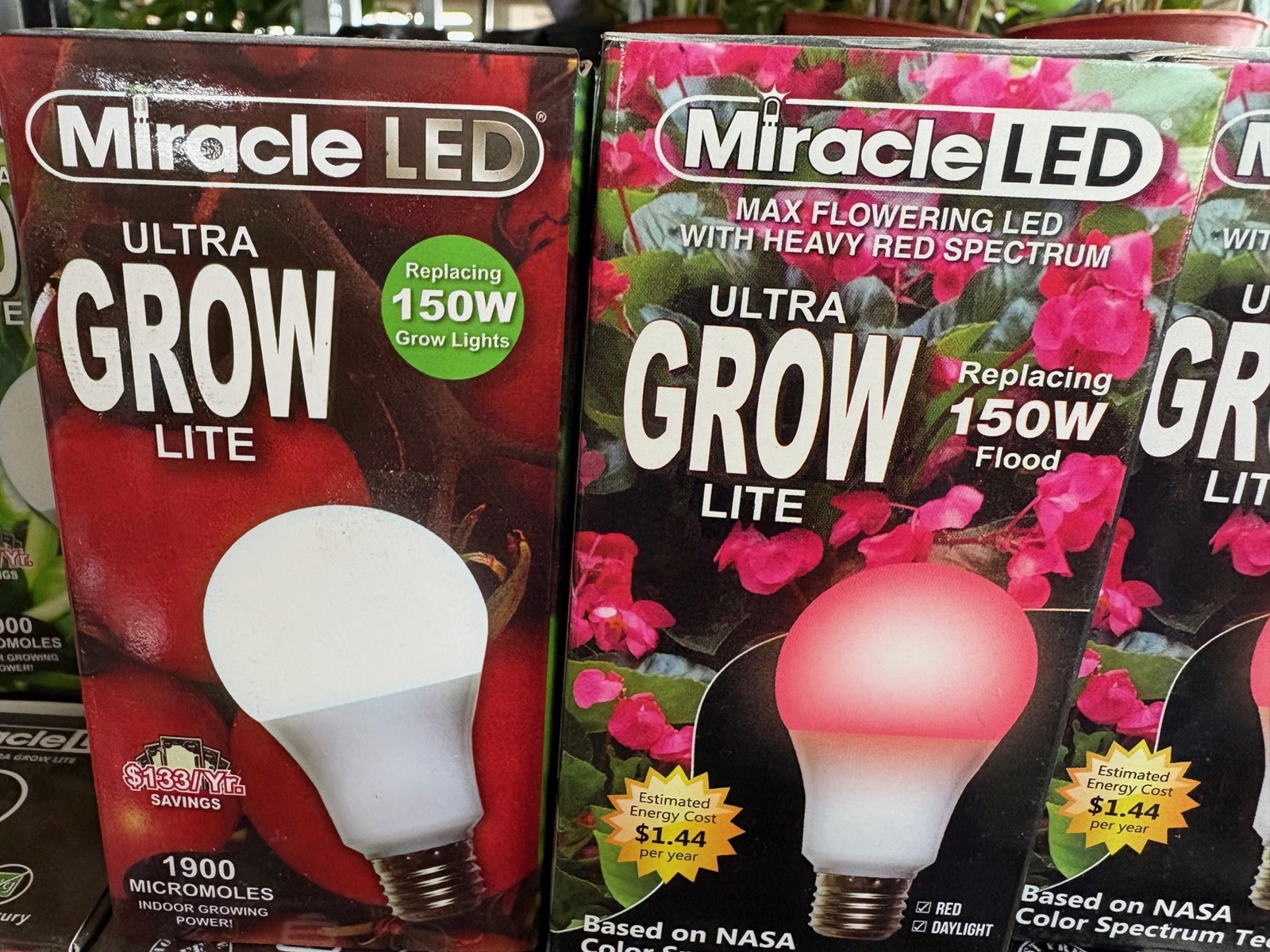



Gardeners pass the winter months spending more time inside, giving our minds and hands projects that keep us thinking green thoughts. This is especially helpful when the dormant garden stares back at us all winter.
Activities like direct seeding new plants and vegetables indoors take center stage in mid to late winter. Gardeners know that starting plants by seed indoors is a money saver once all the equipment is purchased, and there are opportunities to try new and unusual plant varieties. For some gardeners, seed starting gets in your system and mindset. It is akin to an innate sense to nurture and care for life; after all, those little seeds can eventually grow into beautiful blooming and delicious edible plants.
One of the most important tools for successful indoor seeding is light, and lots of it. Supplementing a home with artificial lighting is the most efficient way to get seeds to germinate and get growing. The artificial light fixture choices today range from a few dollars to, well, the sky is the limit. From little clip-on LED fixtures to mammoth light panels that are used by wholesale growers, there is a light fixture out there for you.
As much as I wish growing on a sunny windowsill would work well enough without supplemental lighting, and in some situations it does, relying on these conditions may not be optimal for thriving seed emergence and growth. Natural light from a window can be hit or miss with the obvious hurdles for the seeds in getting enough light, possible cold exposure from the windows and experiencing cloudy days which further limits natural light.
Indoor seed lighting
If you had asked me several years ago what changes would eventually occur in the indoor seed starting arena, I would have said to look for more seed introductions for plants to have longer bloom times or more resistance to diseases. I only know this because plant breeders have been working in these areas for many decades.
No way would I have guessed how much indoor lighting options have expanded and contributed to more efficient energy savings and low heat output. Plus, there are numerous choices of low-cost light fixtures with unique features and styles that make indoor plant seeding worthwhile and an almost must for any level of gardener.
One of the takeaways for making any plant light purchase, or changes to what you are currently using for seed starting, is to set your budget and determine how many plants you wish to grow from seed. Do what you can afford and what makes sense for your space. An inexpensive LED clamp-on plant light, strip lighting or a compact free-standing light fixture might suffice for a small tray of seeds, or works well as additional light for a houseplant or two. A fixture with two or more flexible gooseneck arms can easily be moved around for the best placement over seeds and plants.
If you need more space for several trays for scores of different vegetables and annuals, then framed stands with light attachments or setups using bookcases, ceiling hooks or other systems are available. Using the decades-old traditional fluorescent shop light bulbs still work well, too.
LED lights on the market today offer plant benefits (growth, health and development) depending on the color they emit on the visible light spectrum, which includes variations of green, blue, yellow and red. Generally, plants use violet and blue light waves for more vegetative growth, while red lights are used for more reproductive growth plus flowering and fruiting. Many of the hobby gardener indoor LED plant lights on the market today offer integrated full spectrum lighting, meaning they provide both red and blue and other light colors simultaneously to promote all stages of plant growth.
Another advantage of using different LED light colors is that plants not directly below the light fixture still benefit and will be illuminated.(Color science can be very technical. There are many credible websites out there that delve into more theory if you are so inclined.)
When looking for what LED light system works best for your situation, shop at a reputable independent garden center. Box stores and online companies have a large selection of indoor plant seeding lights and equipment, too. I like to see the light setup in person, since there are so many choices and price ranges.
Add another layer of convenience and consider purchasing LED lighting systems with smartphone apps or voice commands so that lights can be controlled for brightness and specific plant needs. Before we know it, AI will be growing seeds instead of us in our own homes (but hopefully not in my lifetime).
In a future column, I’ll cover the all-important steps and insider tips to successful seed starting.
Betty Cahill writes and speaks about gardening in the Rocky Mountain Region.


 PREVIOUS ARTICLE
PREVIOUS ARTICLE
